
All categories
Featured selections
Trade Assurance
Buyer Central
Help Center
Get the app
Become a supplier

(2898 products available)















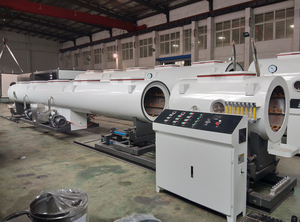
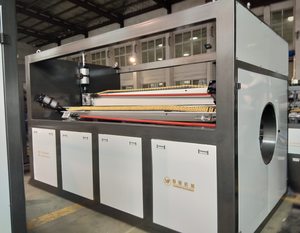
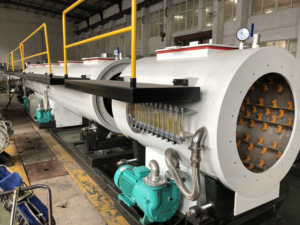


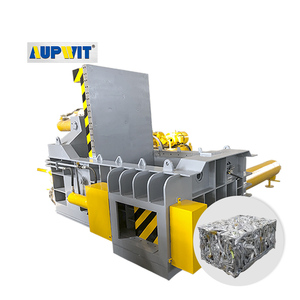

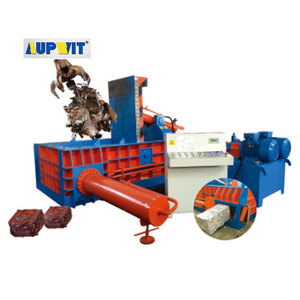




Copper extrusion is the process of creating complex shapes and cross-sections by forcing copper material through a die or mold under high pressure. Among many types of copper extrusion processes, direct extrusion and indirect extrusion are the most common.
In the direct copper extrusion process, also known as forward extrusion, the copper material is placed in a cylindrical container, and a stationary die is located at the end of the container. A ram or piston is then forced through the material, pushing it against the die. The copper then flows through the opening in the die, resulting in the desired shape. The direct extrusion process offers a high production rate and is suitable for components that require a constant cross-section, such as rods, bars, and solid profiles.
In indirect copper extrusion, also known as backward extrusion, a hollow die is placed inside a stationary container, and a ram is located within the die. As the ram is pushed into the material, it flows back around the die and forms the desired shape. Indirect copper extrusion allows for better control over the extrusion process and is suitable for creating intricate designs and thinner walls. It can be used to produce copper tubes with complex internal geometries and profiles with internal cavities or holes.
Hybrid extrusion is a process that combines forward and backward extrusion in a single operation. Copper material is first extruded in a forward direction through a die, and then a second punch is used to create additional features or cavities. Hybrid extrusion allows for the production of more complex shapes and offers greater design flexibility. It is commonly used for manufacturing components such as automotive parts, electronic connectors, and heat sinks.
In the impact extrusion process, also known as cold extrusion, a punch is rapidly pressed into a copper blank, forcing the material to flow and take the shape of the die. Impact extrusion is typically used for small-scale production of copper parts, such as cans, containers, and small enclosures. It is a cost-effective method for creating hollow shapes with thin walls.
In the friction extrusion process, copper billets are rotated and forced against a die using a combination of axial pressure and frictional heat. Friction extrusion is used for joining dissimilar materials, consolidating powder materials, and creating high-strength copper components.
When it comes to copper extrusion, various specifications need to be considered when selecting the right machine for copper extrusion products. These include the types of copper extrusion material, the size range, the output capacity, and the power requirements.
The copper extrusion process can be used with different types of copper alloys, and it can produce a wide variety of copper products.
The size and shape of the final product will vary depending on the type of copper alloy used and the specific extrusion die design. The most common copper extrusion profiles include copper bars, copper rods, copper tubes, copper wires, and copper strips.
Copper bars and copper rods have a solid cylindrical shape with different diameters. Copper tubes are hollow cylindrical structures with inner and outer diameters. Copper tubes come in different shapes such as round, square, and rectangular.
Another common product of the copper extrusion process is the copper wire. Copper wires are thin cylindrical structures with different diameters. They are made with pure copper or copper alloys. Copper wires are used in electrical wiring systems and electrical applications. They are also used for telecommunication purposes because of their high conduction properties.
On the other hand, copper strips are flat rectangular structures with a certain thickness. Copper strips can be used in the manufacturing industry for different purposes, such as electrical and construction applications. The size and shape of the final product will vary depending on the type of copper alloy used and the specific extrusion die design.
When maintaining the copper extrusion process machine, it is important to ensure that it is clean and free from debris. Regular cleaning is necessary to prevent build-up and maintain optimal performance. Also, lubrication of moving parts is necessary to reduce friction and wear. This will prevent overheating and ensure smooth operation of the machine. More importantly, the machine should be properly calibrated and aligned to ensure accurate extrusion and consistent product quality. This is because misalignment can lead to defects in the extruded products and even damage to the machine. Finally, the operator should inspect the machine for any damage or signs of wear. Any issues should be addressed promptly to ensure safe operation and prevent further damage. Regular maintenance of the copper extrusion process machine can help prolong its lifespan and ensure optimal performance.
Thecopper extrusion process has extensive applications in various industries.
Manufacturers often use the copper extrusion process to produce electrical wires, cables, and connectors. Copper wires are the main materials used for power transmission. Meanwhile, copper cables and connectors are used for signal transmission.
Copper extrusion plays a critical role in the automotive industry. It is used to produce automotive components such as radiators, heat exchangers, and electrical conductors. Copper extrusion produces automotive parts with good thermal conductivity and electrical conductivity, which ensures the efficient operation of the vehicle.
In the construction industry, copper extrusion is commonly used to produce pipes, valves, and fittings. Copper pipes are widely used in water supply and heating systems due to their excellent corrosion resistance and machinability. Copper valves and fittings are used to connect and control the flow of fluids in pipelines.
The copper extrusion process is widely used in the electronics industry to produce electronic components such as printed circuit boards (PCBs), busbars, and connectors. PCBs are the foundational components of electronic devices, providing mechanical support and electrical connections for various electronic components.
The copper extrusion process is also used in the decoration and art design industry. Copper bars, profiles, and other shapes are used to create artistic sculptures, architectural ornaments, and decorative elements. Copper is a versatile material that can be easily shaped and manipulated through extrusion to achieve unique designs and patterns.
Choosing the right copper extrusion process for a project is crucial to ensuring its success. There are several key factors to consider when selecting the appropriate method for extruding copper or copper alloys.
Consider the type of copper material needed for the project, as well as its specific properties. Different copper alloys have unique characteristics and are suitable for various applications.
Determine the final shape or geometry required for the project. Some extrusion methods are better suited for simple shapes, while others are ideal for more complex geometries.
Consider the required production volume for the project. Some extrusion processes are more suitable for high-volume production, while others may be better for low-volume runs.
Some copper extrusion processes, such as direct extrusion, are more compatible with CNC machining. This can be important if the project requires additional machining or finishing operations after extrusion.
Compare the costs and lead times associated with different extrusion methods. Some processes may be more cost-effective for the project, while others may offer faster production speeds.
Consider whether the project requires specific heat treatment processes or surface finishes. Some extrusion methods may offer better control over these factors.
Evaluate the tooling and equipment requirements for each extrusion method. Consider factors such as setup time, maintenance needs, and equipment complexity.
Assess the environmental and safety implications of each extrusion method. Consider factors such as material waste, energy consumption, and emissions.
Q1: What are the benefits of copper extrusion?
A1: Copper extrusion offers many advantages. It provides a wide range of shapes and sizes, which can be used in various industries. It can produce complex profiles with tight tolerances. Copper extrusion also creates uniform grain structure and enhances the mechanical properties of the material. This results in improved strength, conductivity, and corrosion resistance.
Q2: What is the difference between copper extrusion and copper casting?
A2: Copper extrusion and copper casting are two different manufacturing processes for shaping copper. Copper extrusion involves forcing a billet or cylindrical workpiece through a die to create a new cross-sectional shape. Copper casting, on the other hand, involves pouring molten copper into a mold to solidify and take the desired shape. Copper extrusion tends to produce more precise and complex shapes than copper casting.
Q3: Can copper extrusion be used for other materials besides copper?
A3: While copper extrusion is primarily used to process copper material, it can also be used to process copper alloys. Copper alloys are metal alloys that have copper as their principal component. They have high copper content and are mixed with other metals to improve their properties. Copper extrusion is also used to process copper-nickel, brass, and bronze materials.